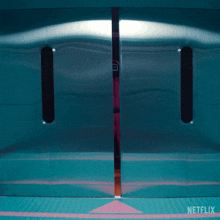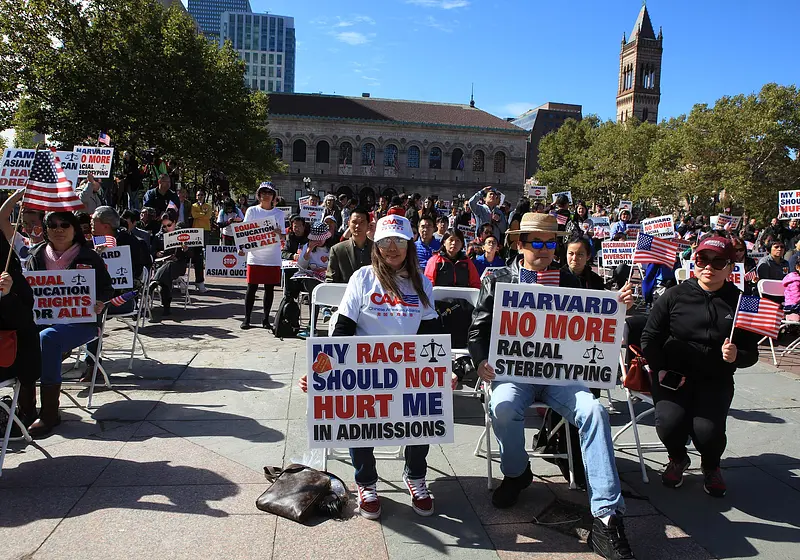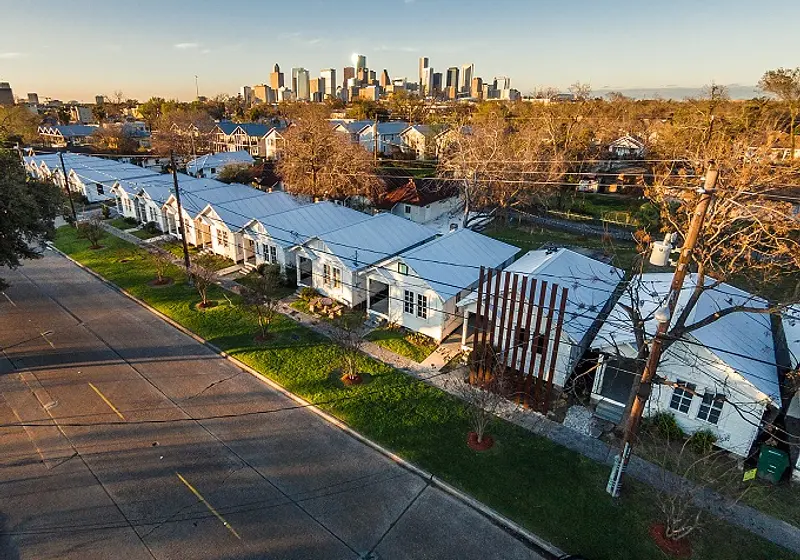Let us slide into your dms 🥰
Get notified of top trending articles like this one every week! (we won't spam you)What is Redlining?
Redlining is when "mortgage lenders refuse to lend money or extend credit to borrowers in certain areas of town or for other discriminatory reasons" and/or show certain people specific houses in neighborhoods based on race, ethnicity, gender, and sexual orientation (thebalance.com). Although the Fair Housing Act made it illegal to continue this practice, it is ignored and still common among real estate and baking industries. For a visual representation, banks and mortgage lenders in the mid 20th century created colors to symbolize how desirable a town is based on a color scale.
Take the Quiz: Which Indian city is the perfect holiday spot for you!?
Let's match you with an Indian city that you would love!
The Maps
Believe it or not, the map above is what creates a socio-economic divide between white people and people of color. These types of maps, dating back to the 1930s, were tracked for banks to see which communities would be most beneficial to invest in. Green communities received an A which meant they were the best places to live, had the most potential, and were predominantly white.
It also meant low risk for investing, which appealed to bankers and mortgage lenders to give more loans to those residents, thus making it easier to become homeowners. Yellow and Blue received a B because they didn't have as much potential as the Green communities, but the population still consisted of a homogenous race.
Red communities are marked as the least desirable to live in because they were denied certain resources such as financial services and a good education due to racial bias. The redlined communities' demographic is mostly minorities and low-income families while the greenlined communities are mostly white affluent towns with the best schools in America. The color of a person's community on the map plays a tremendous role in the quality of education, the number of opportunities, resources, and connections/ network the person creates.
The Racism Behind the Maps
After the Great Depression, the New Deal, including the Home Owners Loan Corporation program, was intended to ease the economic frustrations; however, it promoted blatant racism that still poses an issue today. Due to the hegemonic belief that black people weren't "people" and only used for forced labor, 98% of the approved loans from the government went to white people.
With racism in full effect, African-Americans were left to live in both government-funded and public housing. White people wanted to solely live with white people and establish a hierarchy in their daily life, leaving the black people to live in poorer communities.
Banks invested in green communities, which created the long-standing wealth gap between predominantly white towns and other towns with mostly minority residents. Out of all the "hazardous" areas, almost 64% are populated by minorities due to the HOLC program's way of ranking neighborhoods. Not only did banks take part in the racism, white homeowners also sold to other white people to keep the homogeneous ethnicity community "safe" and "prosperous".
The Message Redlining Sends To Minorities
Having predominantly white rich towns promotes segregation which sends a message to the minorities that they are not welcomed. Minority communities have no choice but to live in communities where resources aren't available because they aren't seen as equal. The segregation in towns polarizes both sides and prevents important, progressive conversations from taking place.
Poverty and homelessness are common issues inner-city communities face because white communities become more profitable and have more opportunities for capital. A majority has so much power to prevent people of different ethnicities, nationalities, and/or races to be excluded from receiving equal freedoms and opportunities. This segregation not only gives minorities a sense of not being valued, but it also creates a vicious cycle feeding into racism.
The Vicious Cycle
The values of homes and property dictate the quality of education. When minorities are forced to live in inner-city neighborhoods due to selective price raises and redlining, they get a lower quality education because they don't receive as much funding. When denying loans to low-income families and raising interest rates for certain races were legal practices, minorities moved into communities white people didn't want to live in—inner-cities.
PayScale, a website used to compare how much white people approximately make in comparison to other genders and races, conducted an experiment to compare earnings between white men and men of color by surveying 1.8 million employees within two years. The results showed a stark contrast between each race. When there is a pay gap, it is harder for parents of color to send their kids to good schools and, in turn, to prestigious colleges.
This leaves a lasting impact on jobs, future children, and wealth. If a person obtains a bachelor's degree, they are more likely to increase earning potential, cross paths with more successful people, and have an easier time getting hired in a high paying job.
Having setbacks the day a person is born, has a tremendous influence on the success they will have in the future. Although people rise above the socioeconomic adversity that they face, they shouldn't have to just because of their skin color. The vicious cycle also sends a message to white people, and inflicts a detrimental hierarchy that is hard to dismantle.
The Message Redlining Sends to White People
Redlining sends the message to white people that minorities are dangerous and/or "lower" in society. Redlined communities are hard to leave because it is harder to sell the house due to the lack of resources making it even harder for low-income families to move to green communities. The redlined communities consist of minorities and the red on the map refers to how safe the communities are.
White people, being at an advantage, are more likely to move into a green town because it is marked as safer and tends to have more funding for schools. It also sends the message that minorities are not "worthy" of a good education or are perceived as "stupid". The reason why test scores and the number of people go to college is so different is because the green communities are over privileged and the red communities are under privileged.
Influence on Education
The pandemic has exposed the sevreity of the socioeconomic gap between high income communities and low income communities. The neighborhood a child lives in determines the amount of funding the school receives and the quality/quantity or resources the school can provide. These redlined communities pay their school's teachers approximately $8,000 less than green communities making it harder to higher teachers with more experience and who received a better education. The main question inner city schools are trying to answer, " How will we create a learning system where every student is fed, has a place to study, and has access to child care if needed etc." has highlighted the racial inequality.
Poor minority kids are constantly pushed into low ranking schools which purposely sets the child back. Students can't get a quality education if there aren't any good schools in their neighborhoods and middle/ upper class families will continue to move into towns that have high achieving schools.
The neighborhood a child lives in determines the amount of funding the school receives and the quality/quantity or resources the school can provide. These redlined communities pay their school's teachers approximately $8,000 less than green communities, making it harder to hire teachers with more experience and who received a better education.
The education and equity gap continues to widen as the pandemic continues. The main question inner city schools are trying to answer, " How will we have created a system where every student is fed, has a place to study, access to child care etc." has highlighted the racial inequality. It is easier for white people to get white-collar jobs and work remotely, but because most low-income families have blue-collar jobs, parents are forced to choose between feeding their kid or catching the virus.
Access to both the Internet and technology as a whole play a role in how effectively teachers can teach their students. It also widens the gap between inner city schools and suburban schools.













